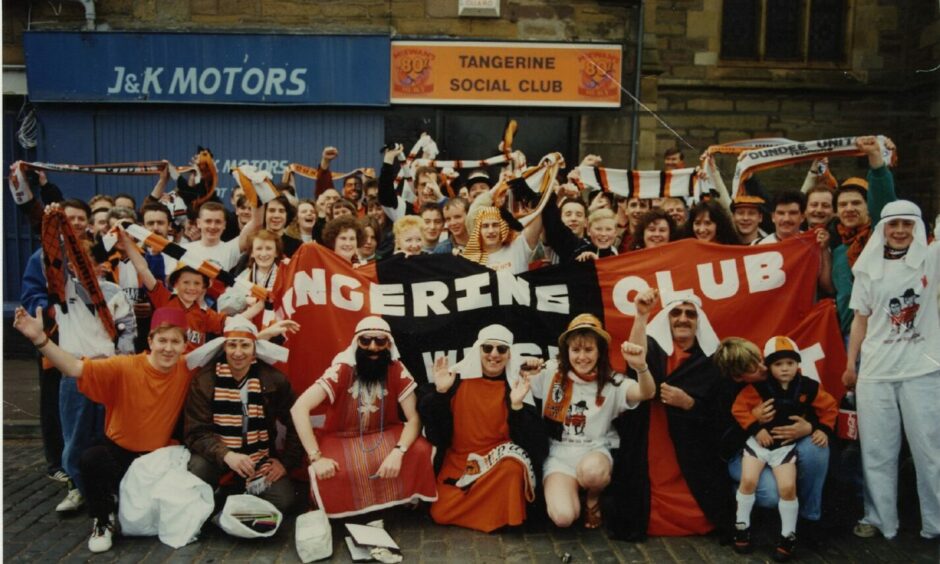
Everyone knows the Arabs nickname for Dundee United was coined during the Big Freeze of 1963.
Wasn’t it?
Dubbed ‘the winter to end all winters’, roads and railways were put out of action and phone lines went down when people desperately needed them.
Temperatures in Scotland dipped to near -30C.
The story goes that United were severely cash-strapped because there so few games during the freeze so they had to get the pitch playable for a Scottish Cup tie against Albion Rovers scheduled for January 26.
Braziers were tried at first, before William Briggs & Sons, road makers at the Camperdown Refinery at Dundee docks, brought in a tar-burner to melt the Tannadice ice sheet – a move that also burned off all the grass.
Several lorry-loads of sand were then spread over the pitch.
United won 3-0 in front of a 12,000 crowd and played so well on the sandy surface that a newspaper report said they “took to the sand like Arabs”.
And the name stuck, apparently.
Separating fact from fiction
Steve Finan, author of Arabs Away, Jim McLean: Dundee United Legend, and John Holt: Dundee United Legend, discovered that historical fact has morphed into legend.
“What a great story!” said Steve.
“I wanted it to be true. I thought it an interesting, indeed romantic, tale. And many United supporters swear it is true.
“I searched exhaustively to get to the bottom of it.
“United did melt the ice to get that game on. That is definite, the photos prove it.
“But there is no evidence for the rest of the tale.
“I combed newspaper databases, microfiche pages, bound archive files, and sought the recollections of newspaper reporters of the time – indeed some who were in the Tannadice press box that day.
“There is no mention of United as ‘Arabs’ in any newspaper that year, or several years afterwards.
“In any case, it was the fans who became known as Arabs, not the players.”
The true story requires a short history lesson.
Gamal Abdel Nasser was the de facto leader of the Arab world from his election as president of Egypt in 1956 and throughout the 1960s.
He was a giant of Middle Eastern politics. He defied the West during the Suez Crisis and became the figurehead of pan-Arabism, the push to unite Arab nations.
He inspired devotion from his followers and fear in oil-hungry countries in equal measure.
To this day he is regarded, by some, as an icon, a great man who brought strong leadership to an often difficult region.
He was famous in the 1960s, even in Dundee.
Who was United’s Nasser?
Steve said: “Inspired by Liverpool’s Kop, football crowds had begun singing pop songs with changed lyrics to suit their team, or celebrate their star players.
“In Tannadice’s Amalfi End, named for a chip shop in Arklay Street, there would be, at every game, a thinnish, middle-aged man wearing a long overcoat and a bunnet.
“Led by that cheerleader in the bunnet, Dundee United fans were no different.”
This type of singing and chanting hadn’t really been done in football grounds before the 1960s. Younger fans, of all clubs, loved this new football fashion.
“There’s not a team like the Dundee United” and “Hail, hail, United’s here” were two stock songs but during one game he shouted to the congregation: “I am Nasser and you are my Arabs!”
His boys liked this name for ‘their gang’ and the name stuck.
Steve said: “I’ve interviewed men, now in their 70s, who were there that day.
“The name was used as an insult by Dundee supporters but has long since come to be enthusiastically ‘owned’ by United fans – though goodness know what the current, American owners think of references to Arab fanatics who follow The Terrors!
“The superhuman efforts of groundsmen and roadworkers in that dread winter of 1963 would deserve the legacy of a long-lived nickname being down to them.
“But, sadly, the story isn’t true.”
What isn’t in doubt is just how bad the weather was in 1963.
In those days, the Football Pools were a major aspect of the game, and the constant fixture upheavals caused havoc with households having a flutter on the coupons.
The birth of the Pools Panel
After three Saturdays in a row when the coupons were declared void, the Pools Panel came into being the same day as that United cup game against Albion Rovers.
The idea was that five football experts would decide the likely outcome of postponed matches, so that the Treble Chance and other predictions could go ahead as usual.
The first panel consisted of former players Ted Drake, Tom Finney, Tommy Lawton and George Young, plus ex-referee Arthur Ellis.
They determined the results for four more Saturdays and sat regularly in the winters to come.
On that first Saturday, the panel’s Chairman, Lord Brabazon, declared seven draws, 23 home wins and eight away wins.
It wasn’t until March 16 that a complete programme was played again. The season was eventually extended to the end of May.
Among the former players to sit on later Pools Panels were Gordon Banks, Roger Hunt and Tony Green.
With fewer postponements due to bad weather these days, one of the functions of the Pools Panel is to decide results of lower league matches called off due to international commitments.

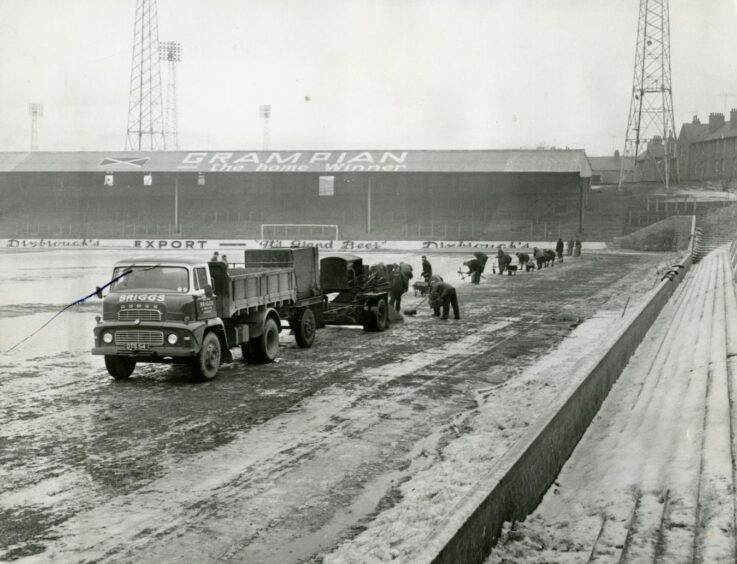
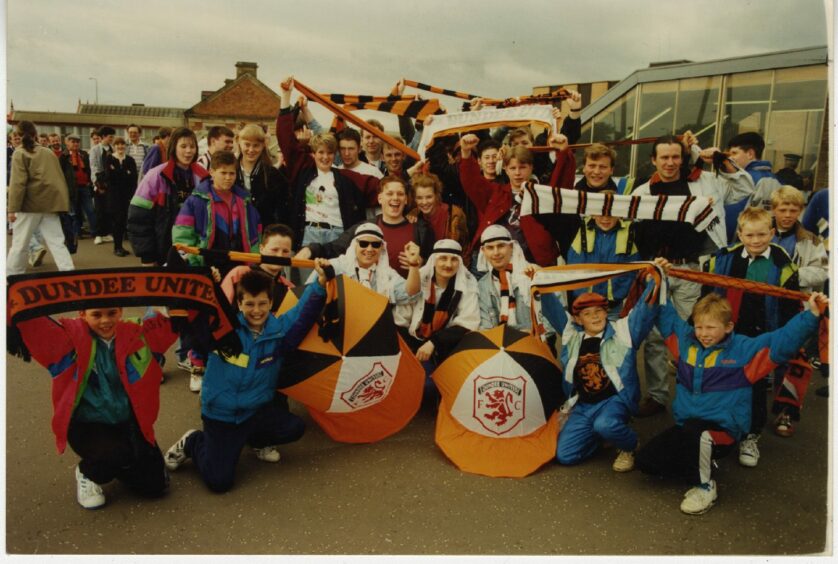
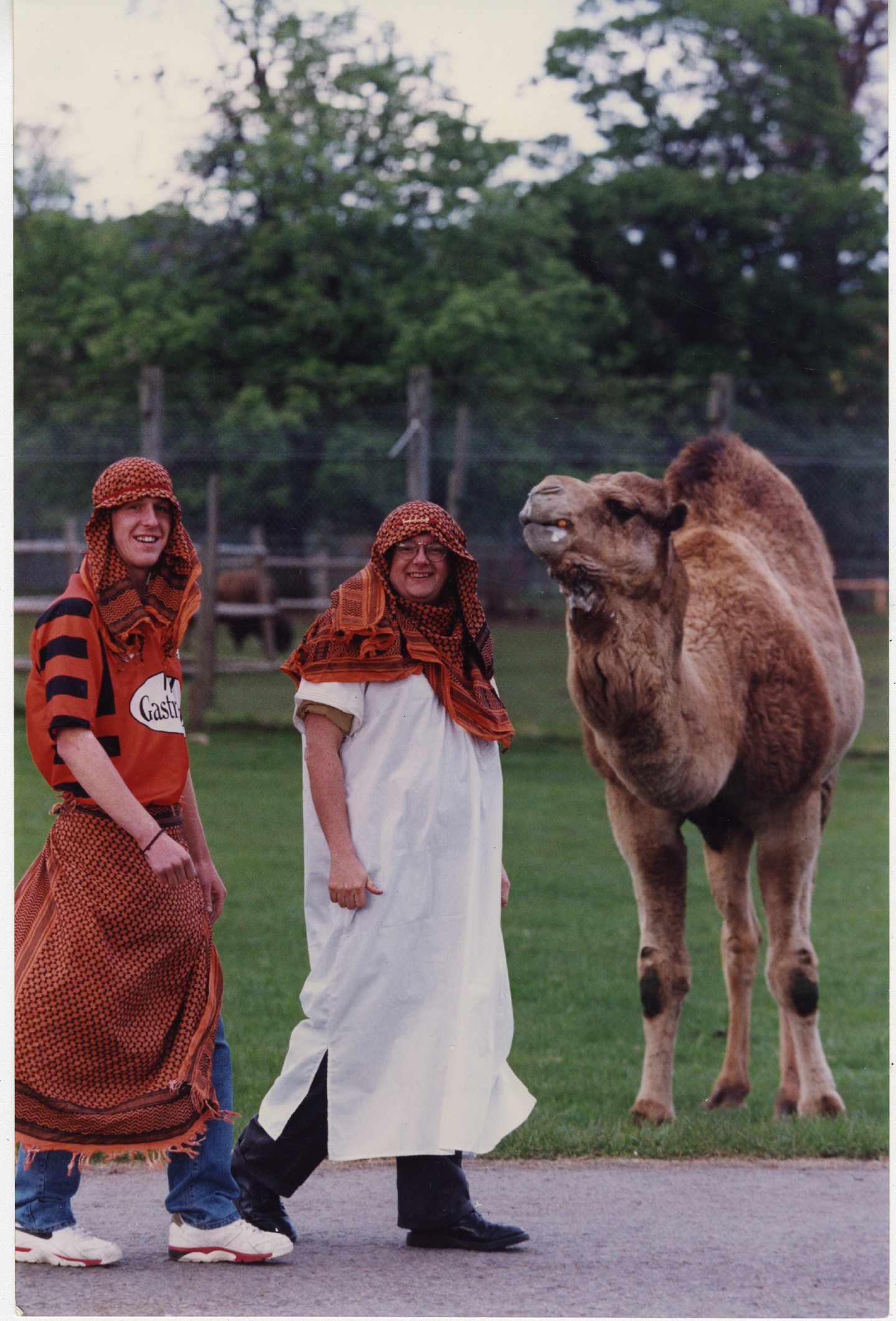
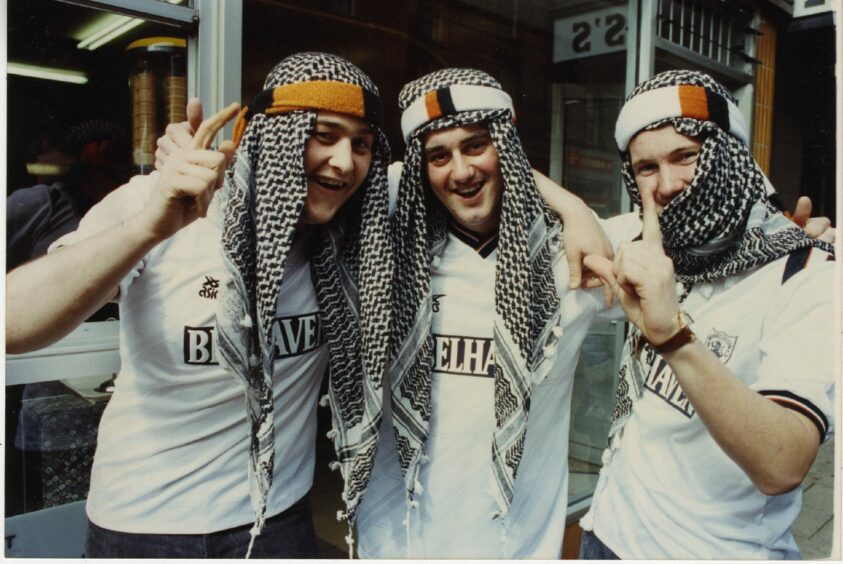
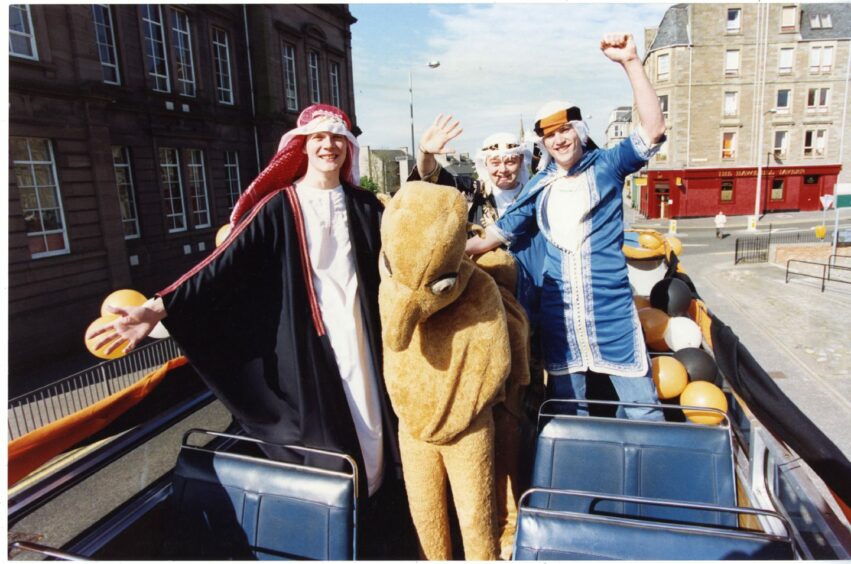
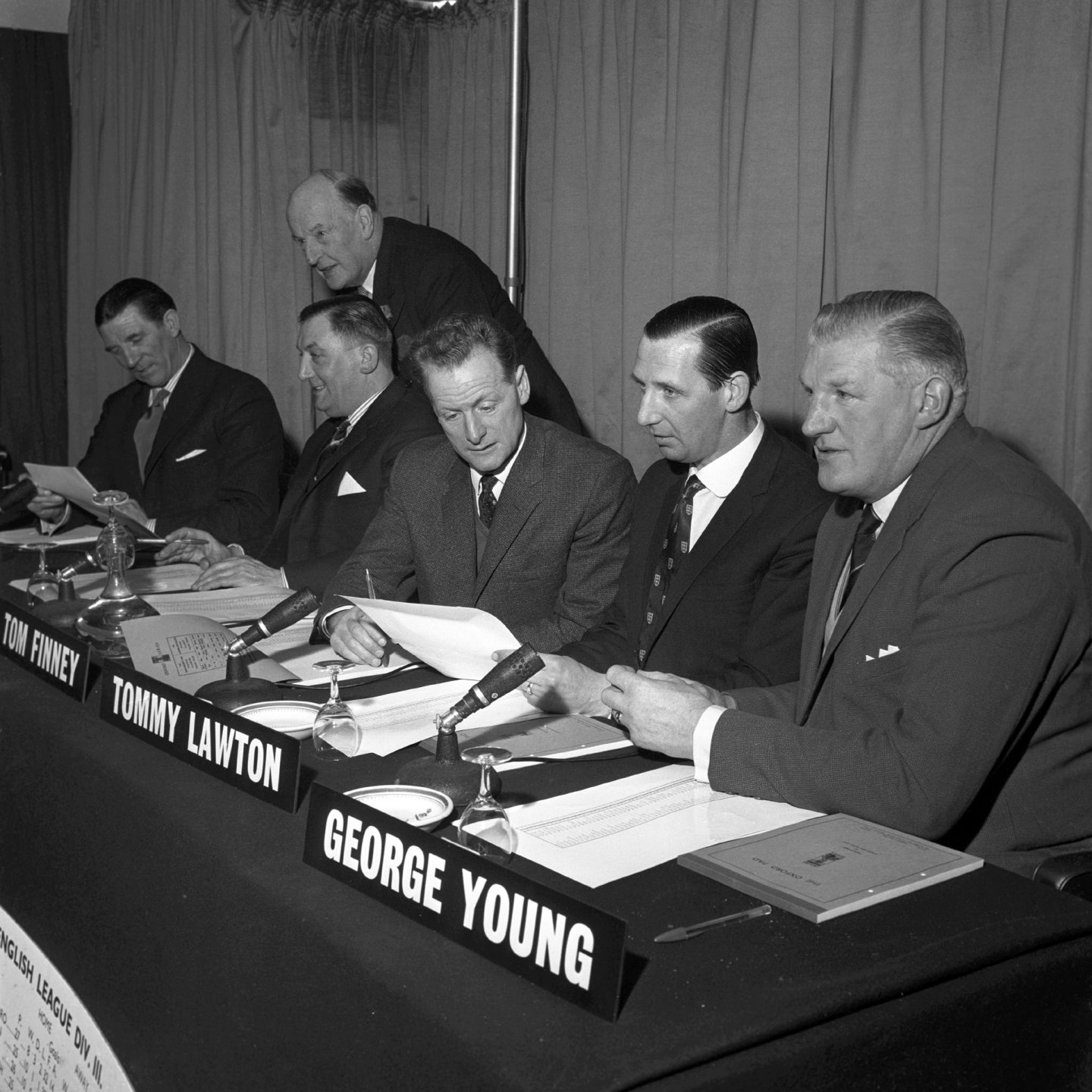
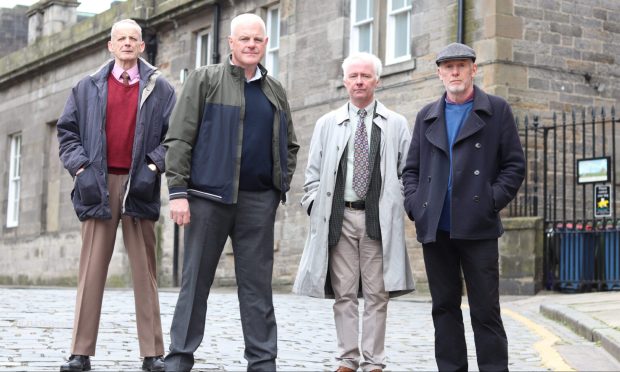
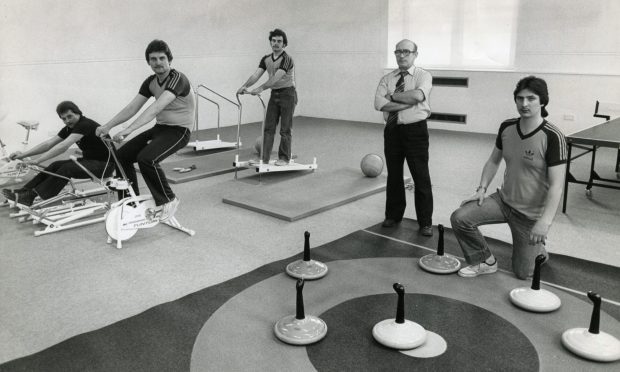
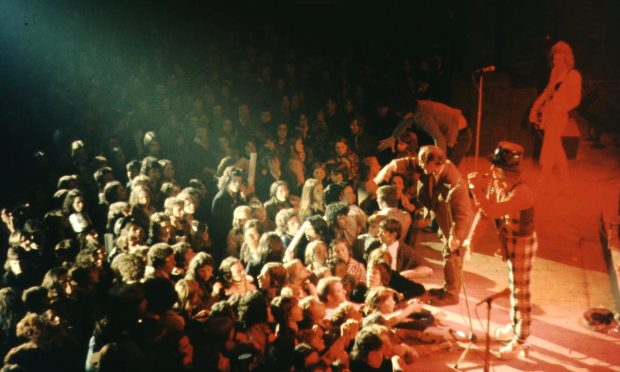
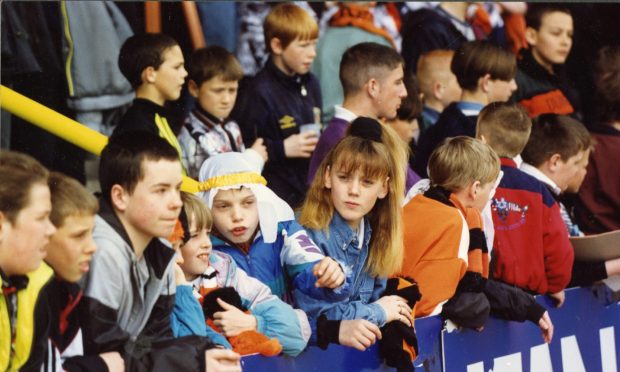
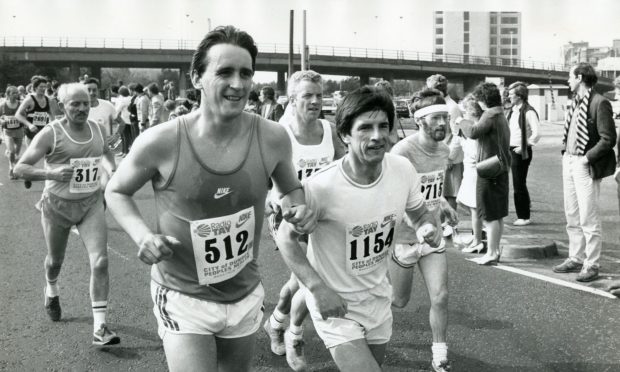





Conversation